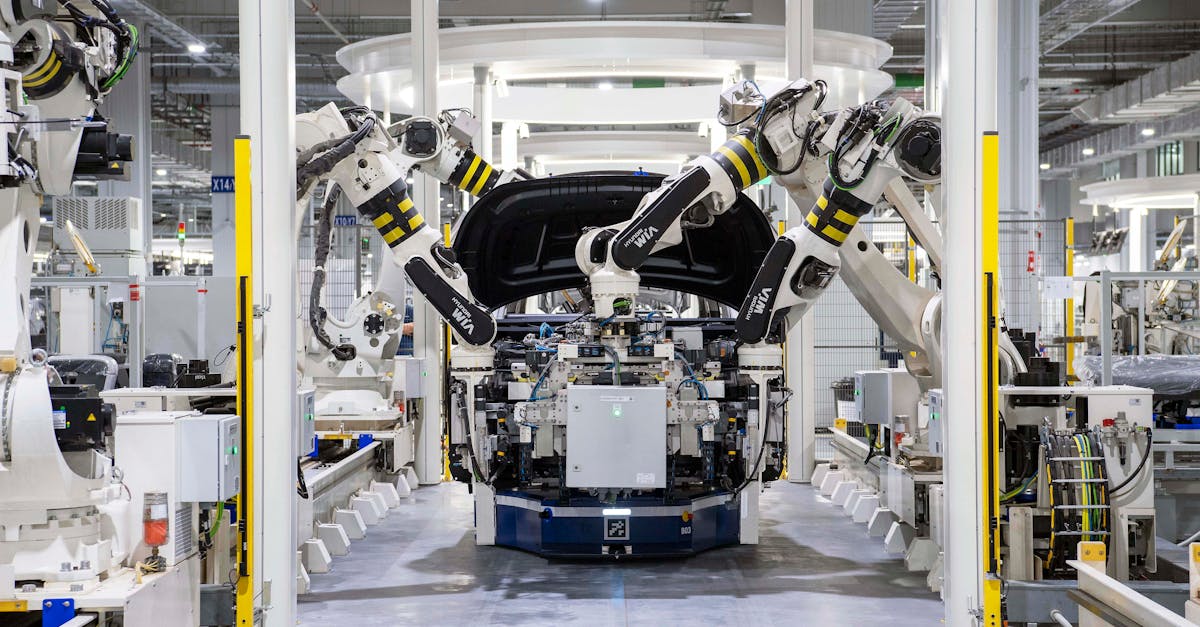
Over the past couple years, big data has become a subject gaining the attention of enterprises and the tech world alike. Big data typically refers to data sets so enormous and complex that standard data processes are no longer adequate. Enterprises hope to manage and utilize big data efficiently while the tech world develops tools to service enterprises.
Experts define big data differently. However, three defining components of big data are consistent:
In summary, big data refers to datasets, structured or unstructured in nature, that are large, and steadily increasing in size. Extracting meaningful value from big data requires a set of specific tools and technology that software companies are developing and improving daily.
Traditional relational database management systems and standard desktop statistical computing packages find it challenging to process massive datasets. Also, data management becomes complex when it is coming from multiple sources. Throw in the speed at which this data is sometimes generated and it becomes obvious that big data tools and technology, such as Hadoop (an open source technology platform), are mandatory to take care of these challenges.Organizations in a competitive business landscape such as supply chain management (SCM) and logistics sector need real-time information that big data tools can deliver. Finance companies that want to detect fraudulent behavior before it affects the organization emphasize the relevance of big data. Big data tools can also lead to a reduction in cost for organizations that need business intelligence solutions that require horizontal scalability.
Here are a few important figures from big data and big data tools:
As phenomena, such as the Internet of Things (IoT), grows there will be more collection of data and companies will combine the amassed data they collect with other disparate or similar datasets to generate useful insights from the data in real-time mode.Major research work about big data is ongoing in fields such as Natural Language Processing (NLP). Experts will use NLP techniques on big data to find out trends useful in the political, business and health sectors just to mention a few.There will also be convergence in the areas of EDI and big data. In the health sector, for example, experts have developed big data platforms where enterprises load all EDI files in big data paving the way for analytics and user-friendly reports.Big data is not a passing trend. It is here to stay, and stakeholders who leverage on it can expect positive outcomes.BOLD VAN revolutionized the EDI VAN industry by offering data pricing making them an ideal option for companies managing big data. Learn more about BOLD VAN's Trading Partner pricing today (844) 265 3777Is your EDI VAN capable of growing with the needs of your company? Learn more about EDI VANs with Platform Capabilities?

Stop Amazon EDI chaos. Unify your Vendor and Seller Central transactions to eliminate manual errors, mandatory compliance risks, and hidden mailbox fees.


Target's digital fulfillment is changing EDI compliance. Learn the risks (chargebacks, volatility) and opportunities for suppliers. Get a practical framework to sync your EDI, ERP, and VAN to secure your cash flow and growth.